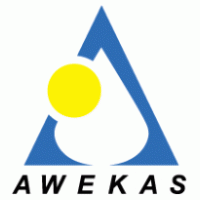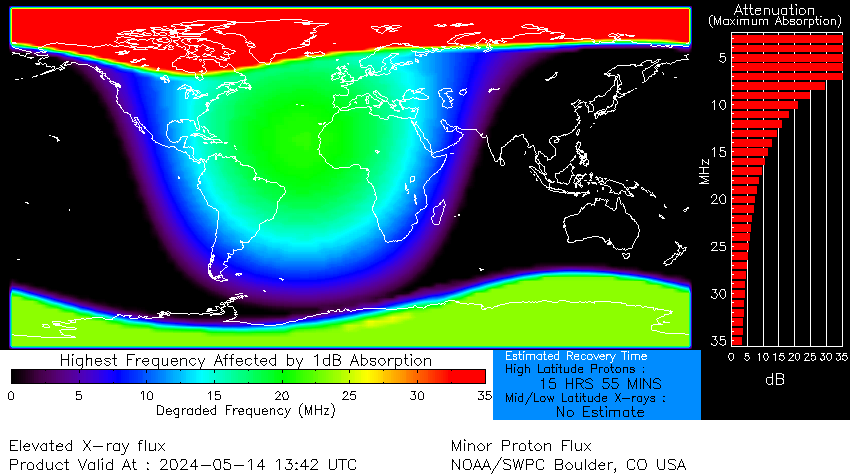Space Weather Observations, Alerts, and Forecast
3-day Solar-Geophysical Forecast
Product: 3-Day Forecast
- Issued: 2024 Apr 25 0030 UTC
Prepared by the U.S. Dept. of Commerce, NOAA, Space Weather Prediction Center.
Geomagnetic Activity Observation and Forecast
The greatest observed 3 hr Kp over the past 24 hours was 2 (below NOAA Scale levels). The greatest expected 3 hr Kp for Apr 25-Apr 27 2024 is 4.33 (below NOAA Scale levels).
| Apr 25 | Apr 26 | Apr 27 | |
|---|---|---|---|
| 00-03UT | 3.00 | 4.33 | 3.67 |
| 03-06UT | 2.67 | 4.00 | 3.33 |
| 06-09UT | 3.67 | 3.33 | 2.00 |
| 09-12UT | 4.33 | 3.00 | 3.00 |
| 12-15UT | 3.67 | 2.67 | 2.67 |
| 15-18UT | 3.33 | 2.67 | 3.00 |
| 18-21UT | 2.67 | 2.00 | 3.00 |
| 21-00UT | 4.00 | 3.33 | 3.33 |
Rationale: No G1 (Minor) or greater geomagnetic storms are expected. No significant transient or recurrent solar wind features are forecast.
Solar Radiation Activity Observation and Forecast
Solar radiation, as observed by NOAA GOES-18 over the past 24 hours, was below S-scale storm level thresholds.
| Apr 25 | Apr 26 | Apr 27 | |
|---|---|---|---|
| S1 or greater | 15% | 15% | 15% |
Rationale: There is a slight chance of an S1 (Minor) solar radiation storm 24-26 Apr due to the favorable location and enhanced flare probabilities of a number of spot groups.
Radio Blackout Activity and Forecast
Radio blackouts reaching the R1 levels were observed over the past 24 hours. The largest was at Apr 24 2024 2259 UTC.
| Apr 25 | Apr 26 | Apr 27 | |
|---|---|---|---|
| R1-R2 | 75% | 75% | 75% |
| R3 or greater | 15% | 15% | 15% |
Rationale: R1-R2 (Minor-Moderate) radio blackouts are expected, with a slight chance of an R3 (Strong) event due to the number of sunspots present on the solar disk and increased flare probabilities 24-26 Apr.
Real Time Images of the Sun
SOHO EIT 171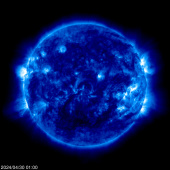
|
SOHO EIT 195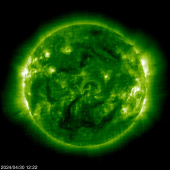
|
SOHO EIT 284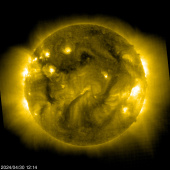
|
SOHO EIT 304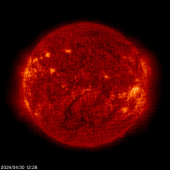
|
SDO/HMI Continuum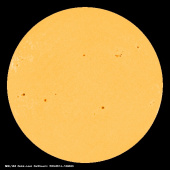
|
SDO/AIA Magnetogram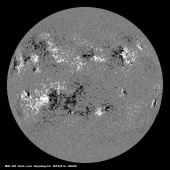
|
LASCO C2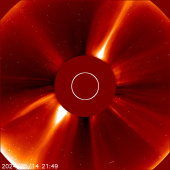
|
LASCO C3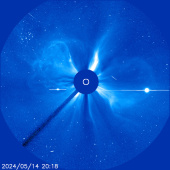
|
The sun is constantly monitored for sun spots and coronal mass ejections. EIT (Extreme ultraviolet Imaging Telescope) images the solar atmosphere at several wavelengths, and therefore, shows solar material at different temperatures. In the images taken at 304 Angstrom the bright material is at 60,000 to 80,000 degrees Kelvin. In those taken at 171 Angstrom, at 1 million degrees. 195 Angstrom images correspond to about 1.5 million Kelvin, 284 Angstrom to 2 million degrees. The hotter the temperature, the higher you look in the solar atmosphere.
Real Time Solar X-ray and Solar Wind
|
Sun Spots status for 30 Days |
Solar Cycle (mostly can determined every 3 - 13 yrs) |
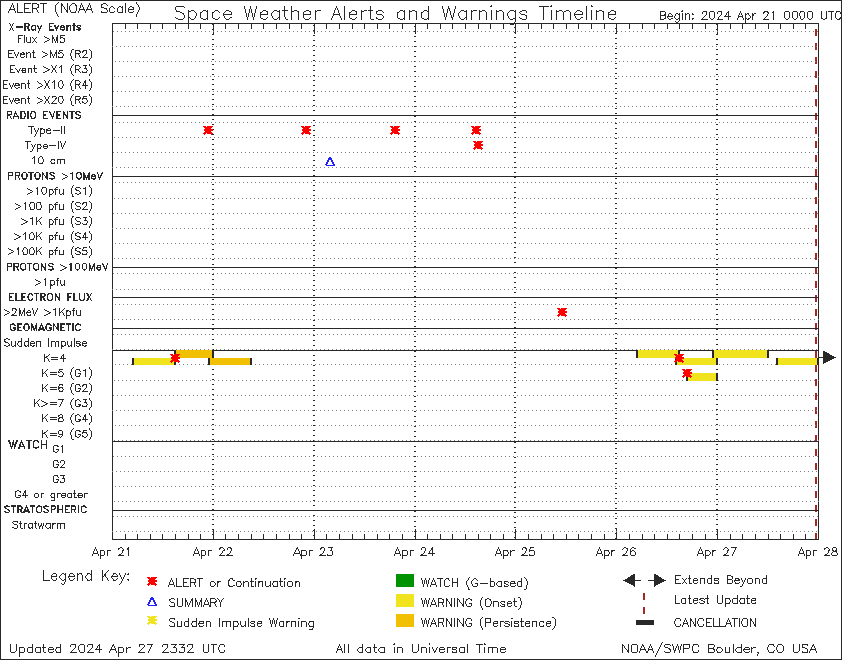
Spaceweather Notifications and Timeline) |
Forecast KP Index 3 Days Advance |
Click here for much detailed View for X-Ray Chart Click here for much detailed View for Proton Chart
|
Derived Vertical TEC Derived Vertical Progression. |
Ionospheric / TEC Range Shows Ionospheric Range Error L1/m |
Auroral Activity Extrapolated from NOAA POES
Northern Hemi Auroral Map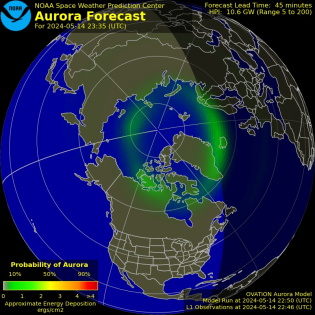
|
Southern Hemi Auroral Map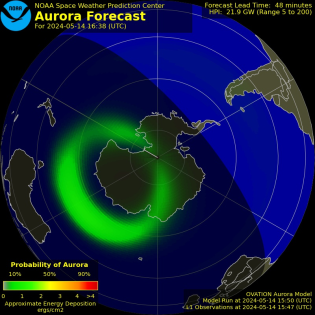
|
Instruments on board the NOAA Polar-orbiting Operational Environmental Satellite (POES) continually monitor the power flux carried by the protons and electrons that produce aurora in the atmosphere. SWPC has developed a technique that uses the power flux observations obtained during a single pass of the satellite over a polar region (which takes about 25 minutes) to estimate the total power deposited in an entire polar region by these auroral particles. The power input estimate is converted to an auroral activity index that ranges from 1 to 10.

|
| Move your cursor over the timeline to 'scrub' through the forecast of Solar Wind's velocities. |
Radio Communications Impact
D REGION ABSORPTION PREDICTIONS (D-RAP) and VHF and HF Band Conditions
Credits:
Space Weather Images and Information (excluded from copyright) courtesy of:KP Index and Rational Meaning
Global TEC Maps (Unit:TECU)
TACC.CWA (Ionosphere and Space Atmosphere)
Australian Government Bureau of Meteorology
TAC CWB.gov
United States Total Electron Content by SWPC NOAA
NOAA / NWS Space Weather Prediction Center
Mauna Loa Solar Observatory (HAO/NCAR)
SOHO (ESA & NASA)
Sunspots (Sidc & NASA)
Space Weather links:
3-Day Forecast of Solar and Geophysical Activity
Space Weather Overview
LASCO Coronagraph
Real-Time Solar Wind
Space Weather Advisory Outlooks
Space Weather Forecast Disussions
Space Weather Alerts, Watches and Warnings
Solar and Heliospheric Observatory (SOHO)
The Very Latest SOHO Images
Powered by Space Weather PHP script by Mike Challis
additions by Martin of Hebrides Weather and Ken True of Saratoga Weather
with 3-day Solar-Geophysical Forecast text formatting by Jeremy Dyde of Jerbils Weather



